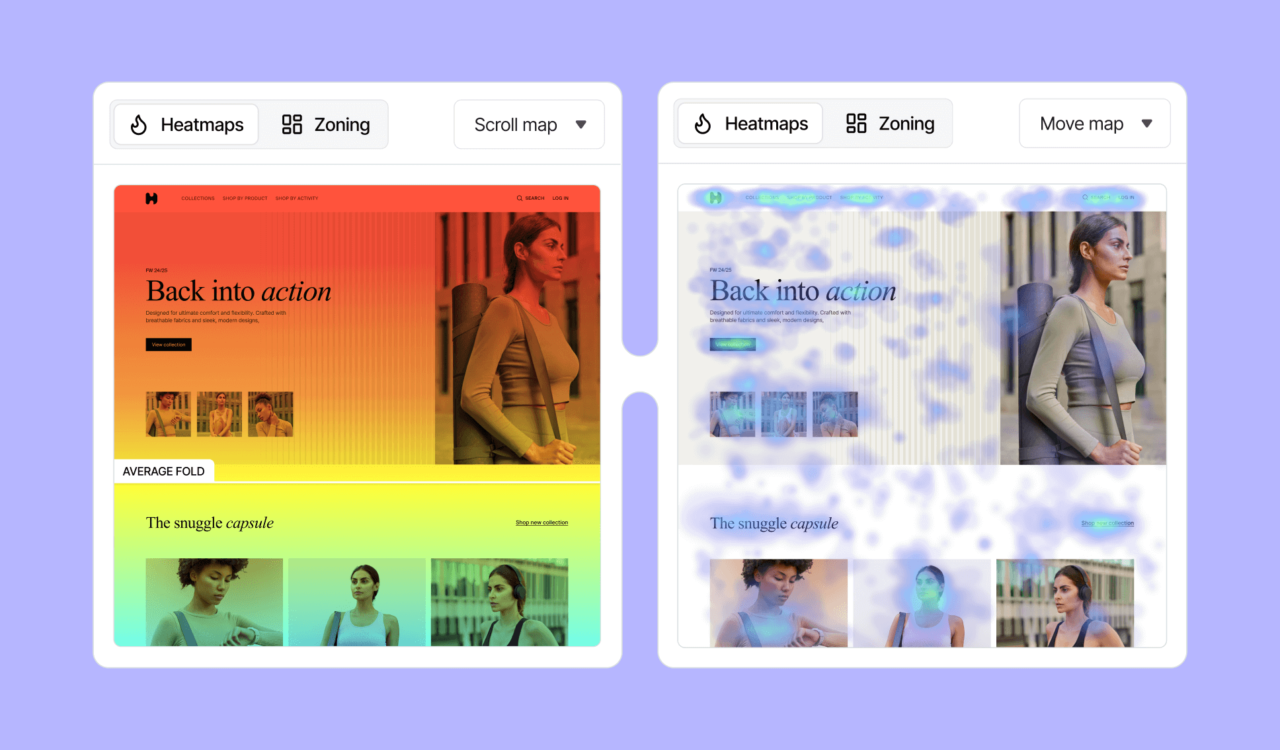When it comes to online property listings, every click, scroll, and hover tells a story. If you’ve ever wondered why some of your listings get more inquiries than others, it might not be just the property itself—it could be how users interact with your page. That’s where tools like heatmaps come in, and why partnering with a reliable Real Estate Marketing Agency can make all the difference.
What Is a Heatmap?
A heatmap is a visual representation of user activity on your website. Think of it as a heat-sensing camera that shows where people click, how far they scroll, and what elements grab their attention the most. Areas with the most activity appear “hot” in red, while cooler zones indicate less interaction.
By understanding these patterns, you gain valuable insights into user behavior without relying on guesswork. For property listings, this means knowing exactly what grabs potential buyers’ attention—or what might be driving them away.
Why Heatmaps Matter for Property Listings
Property pages can be overwhelming. Images, descriptions, amenities, pricing, and call-to-action buttons all compete for attention. Heatmaps reveal which sections users actually engage with, helping you:
Prioritize High-Impact Content: Know which images or features draw the most interest.
Optimize Layouts: Move critical information where it’s most likely to be seen.
Improve Call-to-Action Performance: Ensure buttons like “Schedule a Visit” or “Contact Agent” are noticed and clicked.
Types of Heatmaps to Use
Click Maps: Show where users are clicking the most. Perfect for analyzing buttons, links, and interactive elements.
Scroll Maps: Reveal how far visitors scroll on your listing pages. If important info is buried too low, people may never see it.
Move Maps: Track mouse movement to understand where attention is focused. While not perfect, movement often correlates with gaze patterns.
How to Apply Heatmap Insights
Highlight Popular Features: If visitors linger on certain property images, make sure those images are prominently displayed on future listings.
Reorganise Content: Move high-value info like property size, location, or price closer to the top if scroll maps show users miss it.
Test Different CTAs: If click maps show low interaction with your contact buttons, try changing their color, wording, or placement.
Simplify Navigation: Remove distractions if heatmaps show users are clicking away from critical sections.
Keep Testing and Iterating
Heatmaps aren’t a one-time fix—they’re a continuous improvement tool. Track changes over time, compare different listings, and test small tweaks to see how they impact user engagement. Even minor adjustments can lead to more inquiries and higher conversions.
Conclusion
At the end of the day, knowing how your audience interacts with your property listings is invaluable. Heatmaps provide that insight, helping you make data-driven changes that turn casual browsers into serious buyers. Working alongside a seasoned Real Estate Marketing Agency ensures that these insights are not just collected, but implemented effectively to maximize engagement and drive results.
